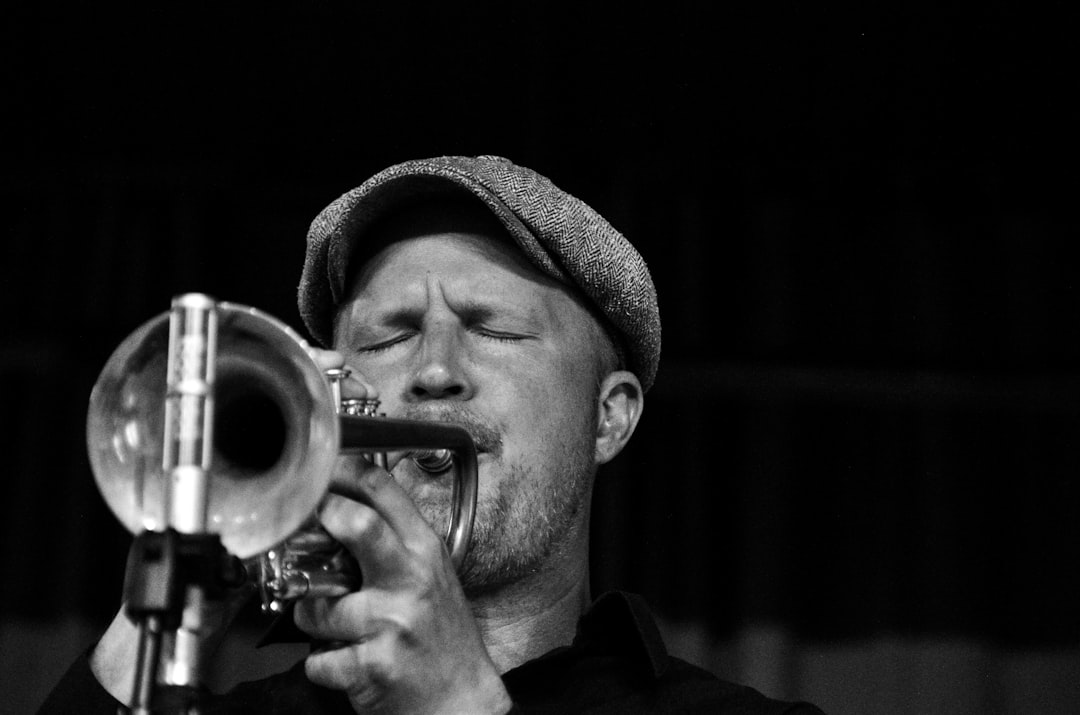What is it about?
By applying the concept of collective identity, the interactive processes that create unity, continuity, and collective action in a hobby group can be examined, sometimes with surprising results. This piece first provides the theoretical foundation for using Melucci's concept of collective identity to explore grassroots associations such as hobby groups, and then applies the concept by examining a sailing club. The result in this particular case was the discovery that the unity of the sailing club was based upon something other than its stated mission of encouraging and supporting sailing.
Featured Image
Why is it important?
The concept of collective identity as developed by Melucci was meant to explore all forms of collective action, but has almost exclusively been used to explore social movements. Since grassroots associations are also forms of collective action, this piece provides the basis for using collective identity to understand unity and continuity in groups such as hobby organizations. The unity of a hobby group is not taken for granted; it is not the starting point for examining what a group does. Instead, that unity is questioned first, and the process of collective identity is shown to be the key to explaining what a group does and why - it is the collective identity that leads to a group's collective action. The result for a group may be a better self awareness that can help them identify the source and solutions for problems they may wish to address. The result for researchers is a better ability to explain hobby group growth, development, activity, stagnation or dissolution by identifying the interactive dynamics that fuel group unity and continuity in the first place.
Perspectives
Although the concept of collective identity, and its conceptualization as a process leading to collective action, was meant to apply to all forms of collective action, and not just to social movements. Unfortunately the development of this concept has almost exclusively been done through the examination of social movement organizations. The opportunity to show how it can be applied to other groups, and that this particular case had a surprising result, has been exciting. I'm hoping this is the first of many pieces that uses hobby clubs to better understand the many interactive elements that comprise the collective identity process, and perhaps encourages application of the concept to explore other forms of collective action as well.
Dr. Timothy B Gongaware
University of Wisconsin - La Crosse
Read the Original
This page is a summary of: Grassroots Associations and Collective Identity: Unity in a Midwestern Inland Lake Sailing Club, Sociological Focus, June 2018, Taylor & Francis,
DOI: 10.1080/00380237.2018.1483678.
You can read the full text:
Contributors
The following have contributed to this page










